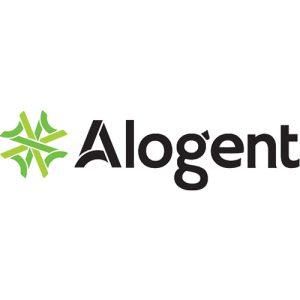As financial institutions face data inundating their operations, it’s essential to acknowledge that information volumes are expanding exponentially and becoming increasingly more diverse in nature.
In today’s digital age, data is often hailed as the new currency. However, this surge in data production has given rise to a new challenge: information chaos. This phenomenon creates the daunting task of managing both physical and digital data from diverse sources, especially with the reliance on paper-based processes despite the goal of electronic workflows. As a result, banks and credit unions must navigate a landscape where information overload, fragmented data sources and disparate data formats reign supreme.
The consequences of improper data management can be dire, exposing privacy breaches that can extend far beyond financial losses, but eroding account holder trust and loyalty, tarnishing reputations and jeopardizing long-term viability in today’s competitive market.
A core piece of the solution lies in comprehensive enterprise content and information management (ECM/EIM) platforms, which offer a holistic approach to information governance, inclusive of document capture, storage, retrieval, retention and disposal/purge. Central to the capabilities of today’s ECM/EIM platforms are their ability to tackle data chaos head-on, boost privacy measures and gain the flexibility to allocate resources as needed while simultaneously ensuring business intelligence is readily available.
This approach not only reinforces risk mitigation, but also paves the way for a forward-thinking product strategy, with the following benefits:
Centralized Repository: Digitizing content into a centralized repository enables easy access and efficient management of institutional and account holder documents, regardless of format. This consolidated approach minimizes the risk of data fragmentation and duplication, ensuring information is stored securely in a single location.
Advanced Indexing and Categorization: Intelligent document classification techniques help to organize data effectively and without manual interaction. Metadata tags, or data that provides information about other data, are assigned to each document, allowing for quick and accurate search and retrieval based on key attributes. Users can easily locate the information they need, increasing productivity.
Institution-Wide Business Insights: Financial institutions often hold a great deal of account holder information. Robust content management solutions enable banks and credit unions to access trapped intelligence within these documents to create more personalized offerings based on trends and intelligence found within.
Compliance and Quality Control: Retention policies can be configured based on a predefined criteria for each document class, ensuring document retention is according to institutional policy. Access controls and security groups also allow administrators to define user permissions and restrict access to sensitive documents, ensuring compliance with privacy regulations and improvements over manual tracking and traditional spreadsheets.
As financial institutions face data inundating their operations, it’s essential to acknowledge that information volumes are expanding exponentially and becoming increasingly more diverse in nature. Having a robust ECM/EIM solution in place positions banks and credit unions to navigate the challenges of managing varying document types with ease and puts in a structured yet flexible framework that’s able to adapt to the ever-changing data landscape. With the right tools and strategies in place, institutions can harness their potential to drive innovation, insights and growth.
FASTdocs, Alogent’s flagship enterprise content and information management suite, offers a tailored solution designed specifically for the demands of banks and credit unions, ensuring operational efficiency with limitless scalability.
Click the link below to learn more.









